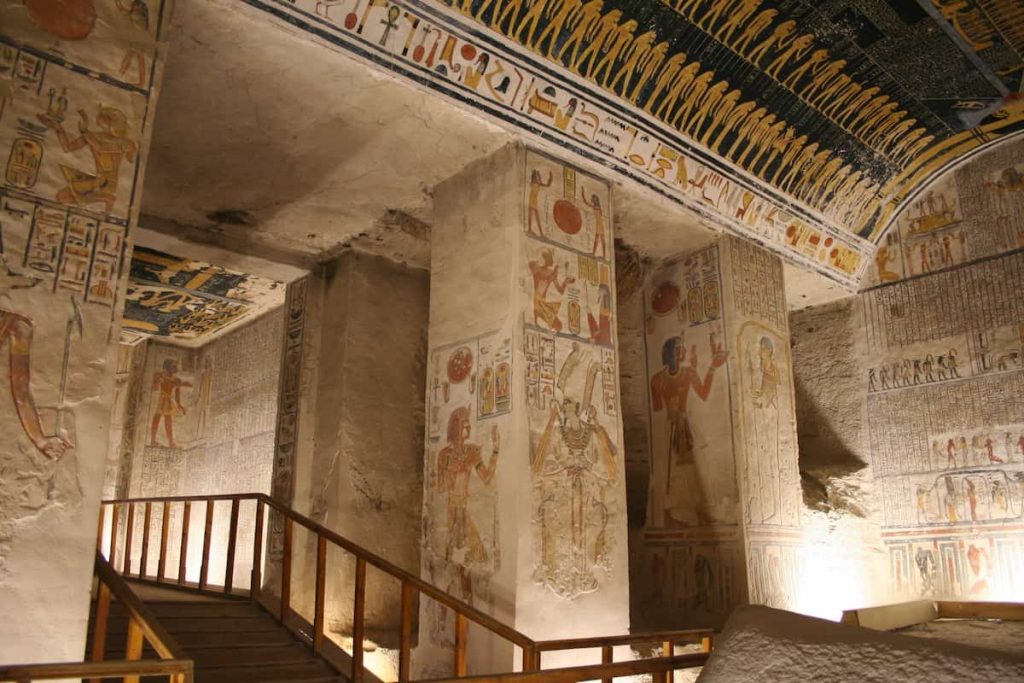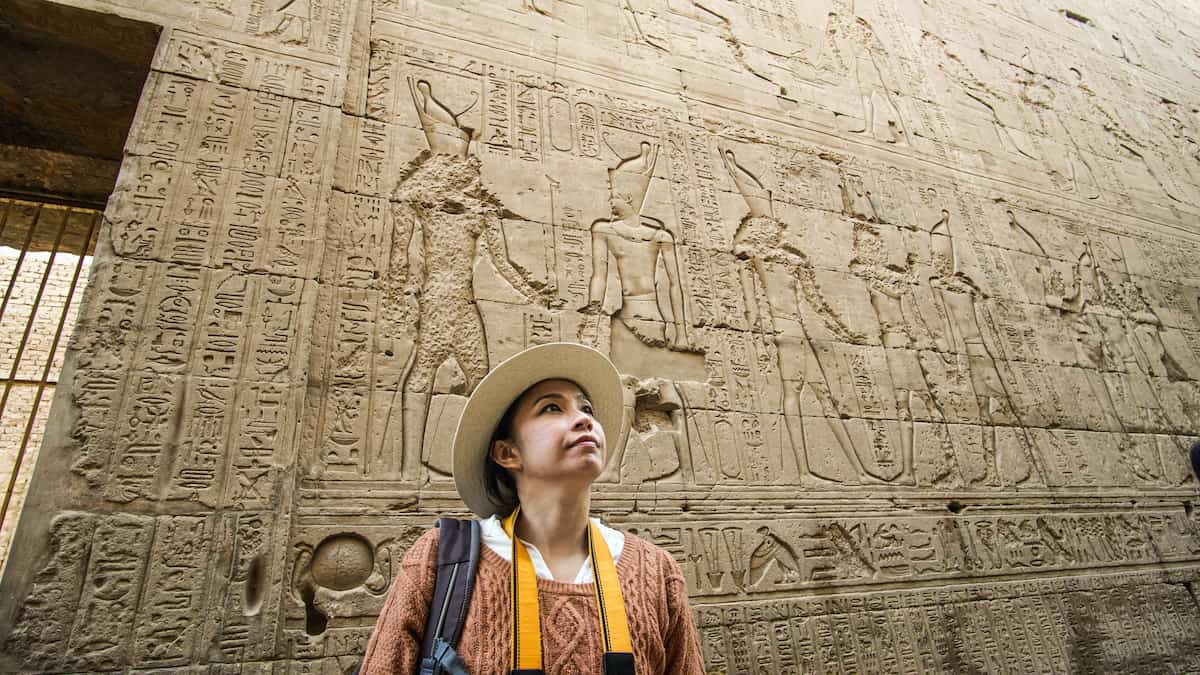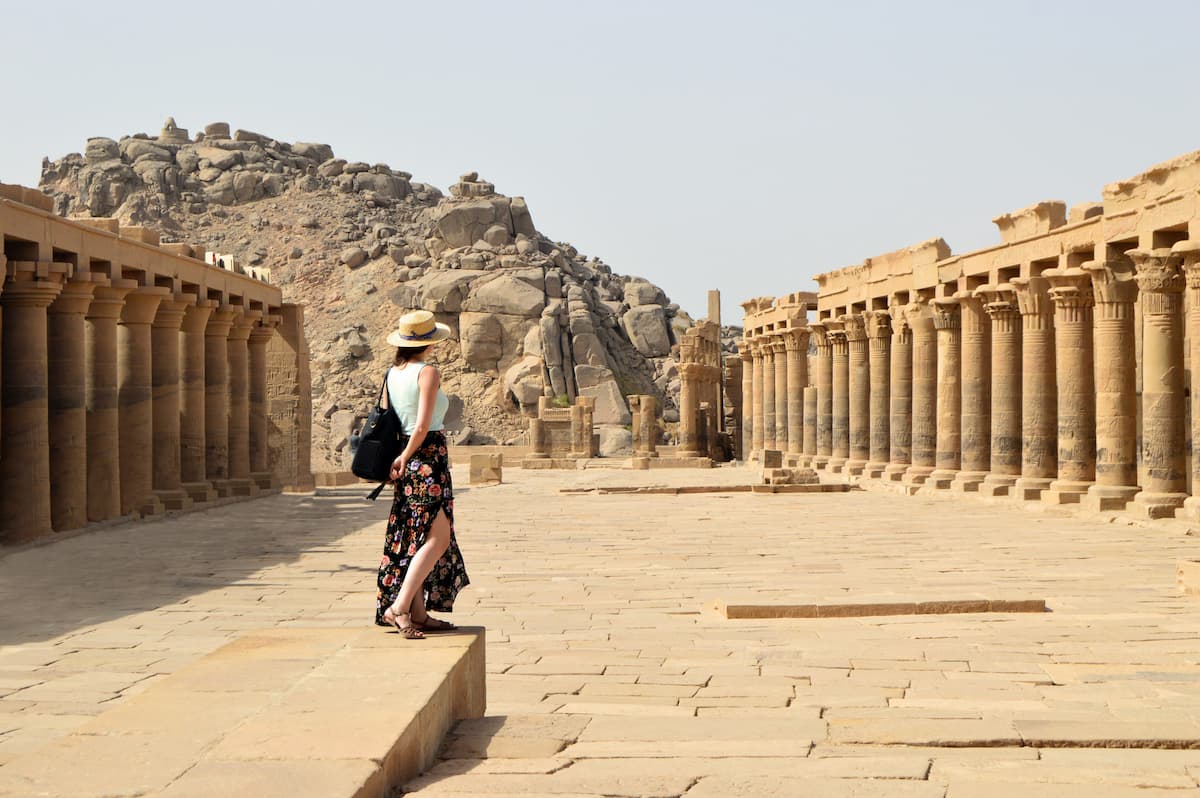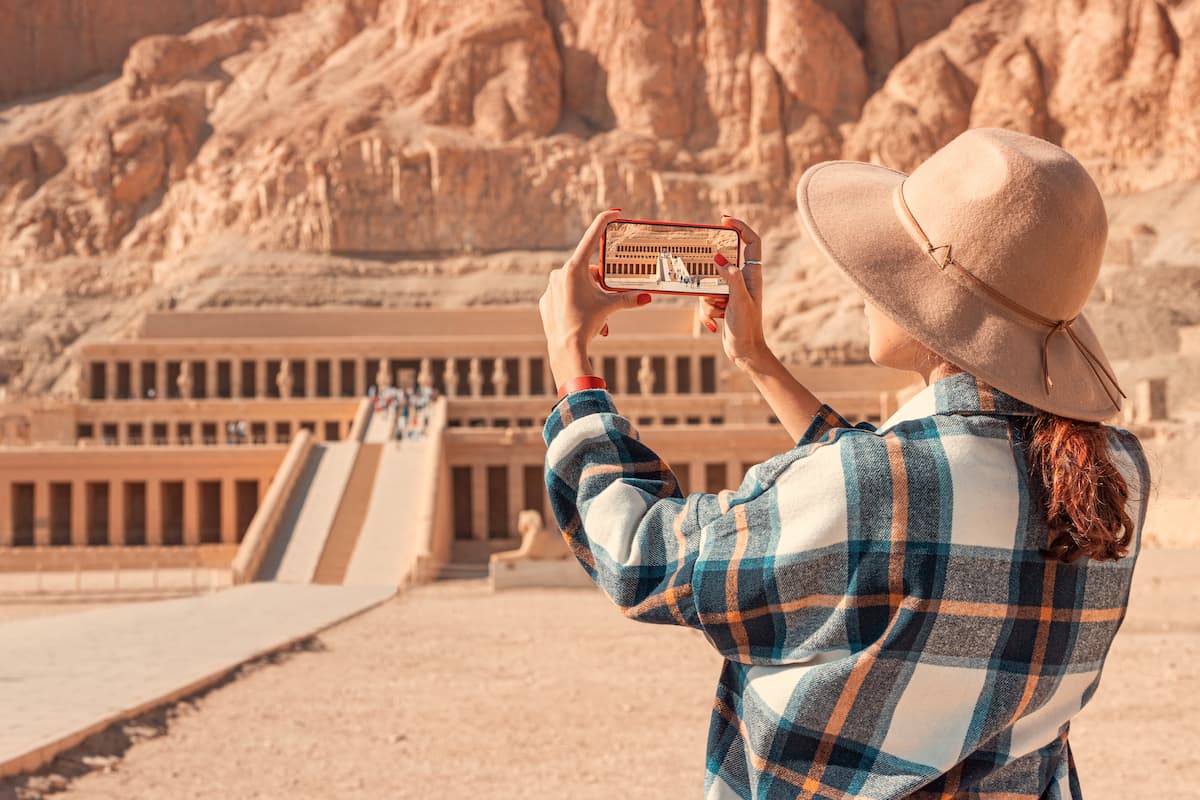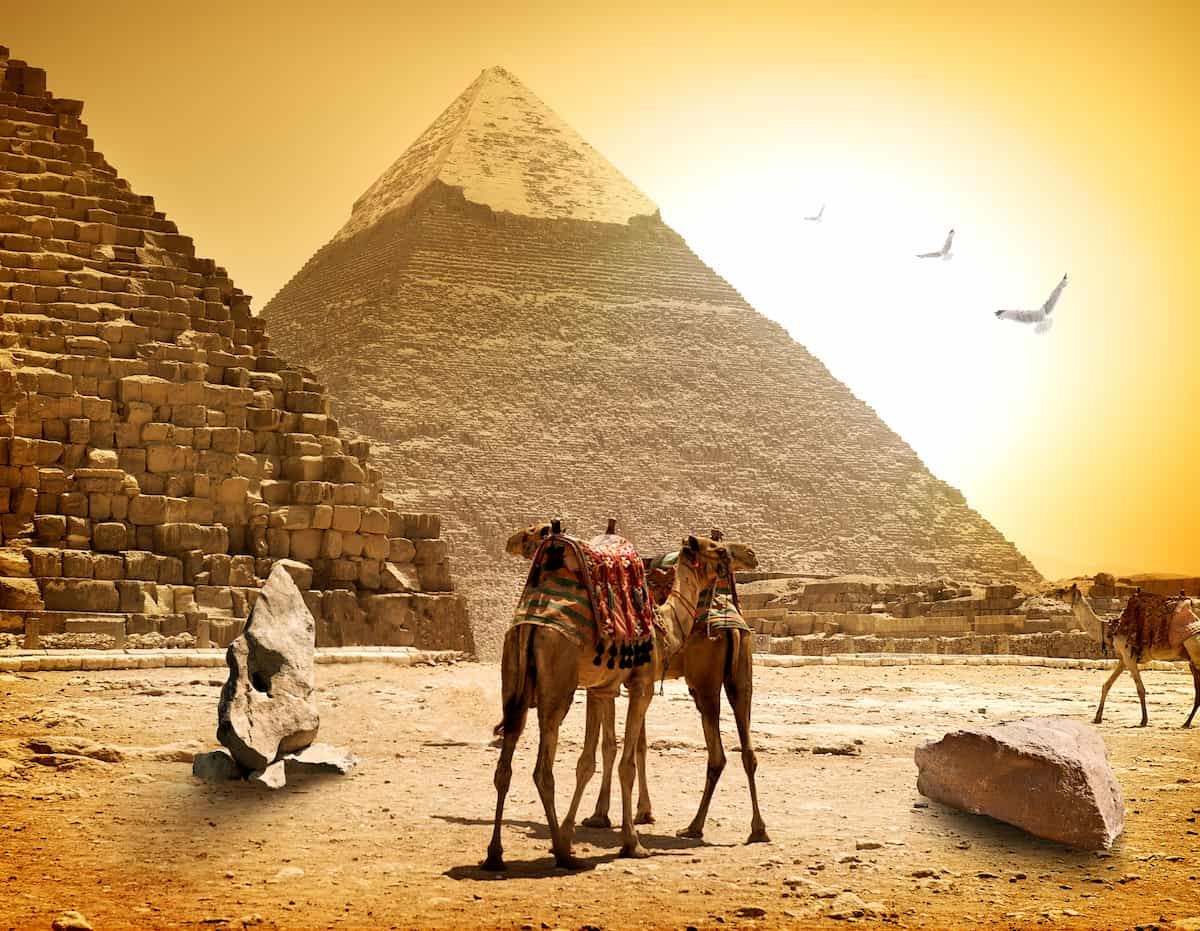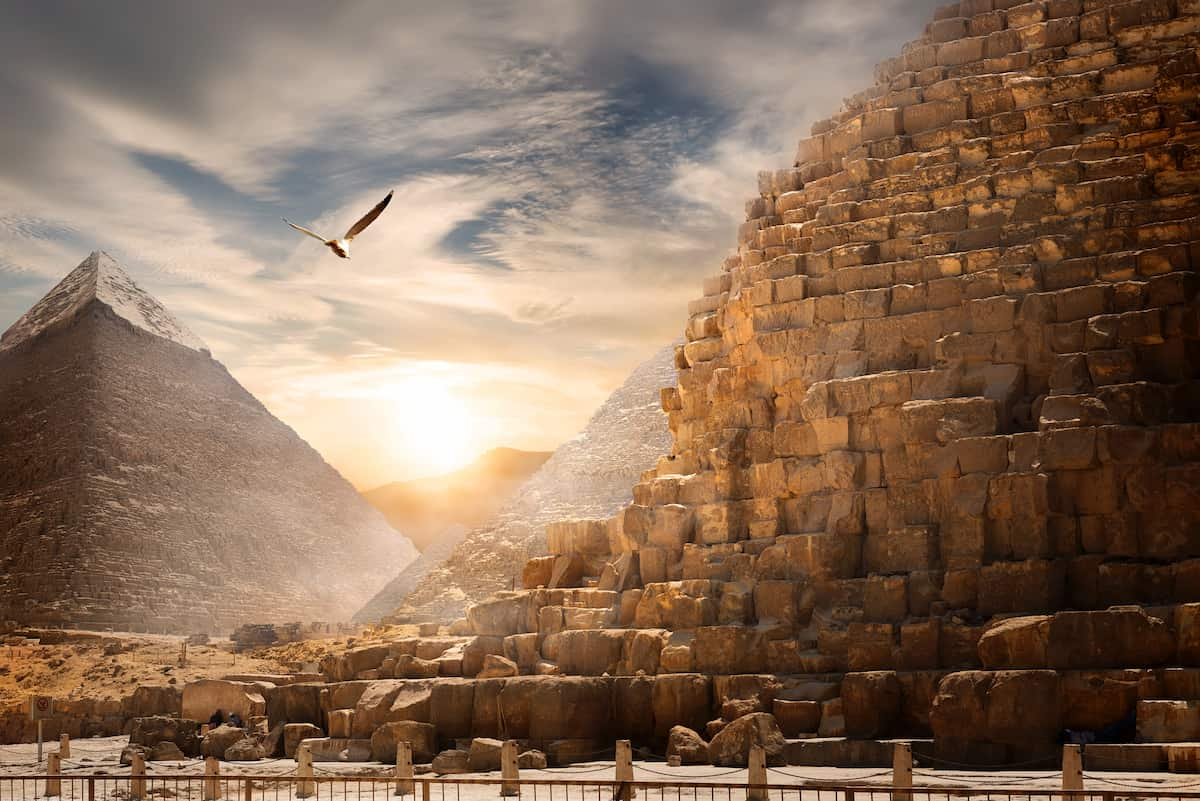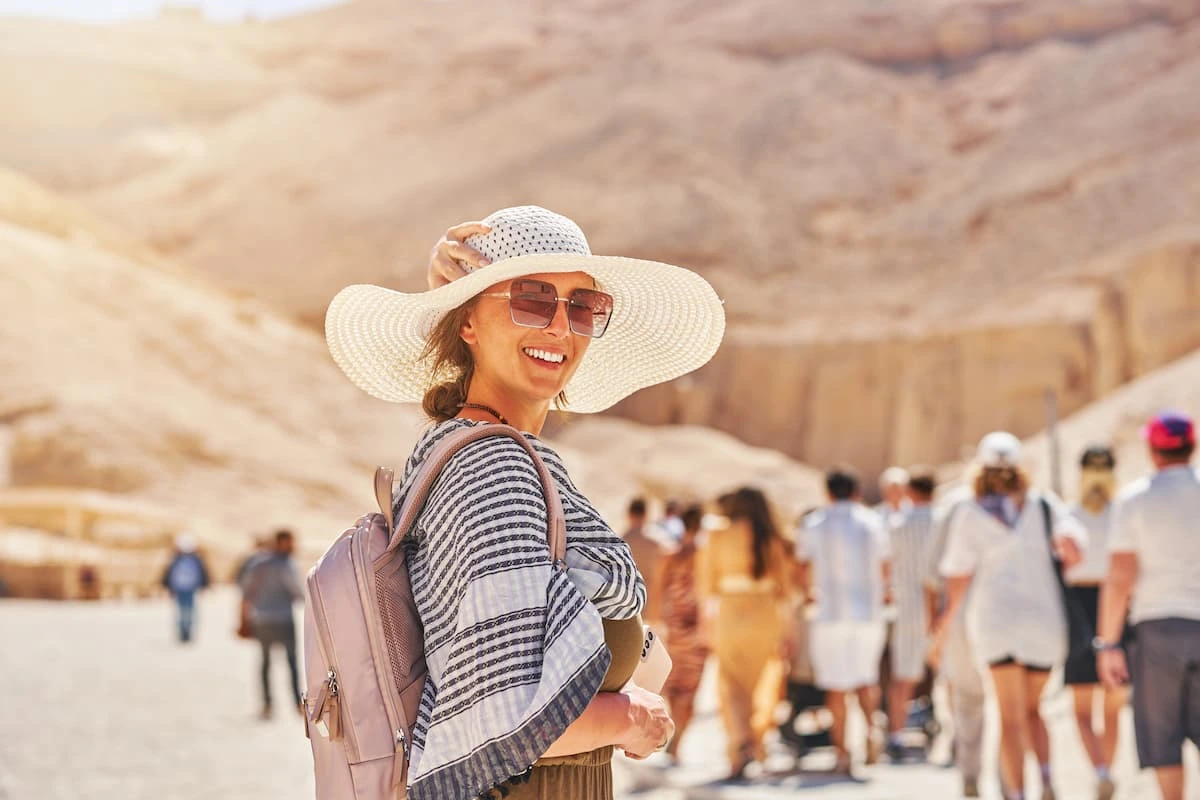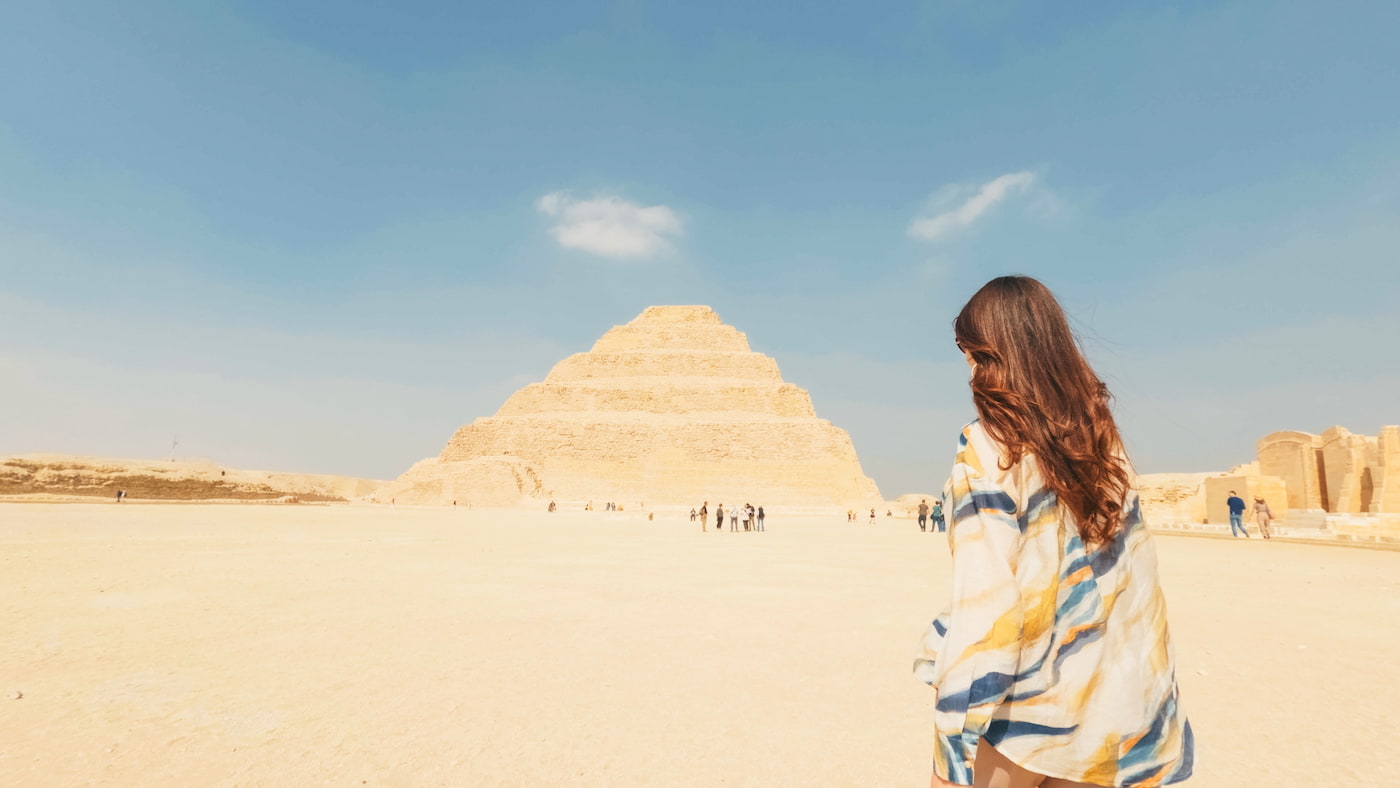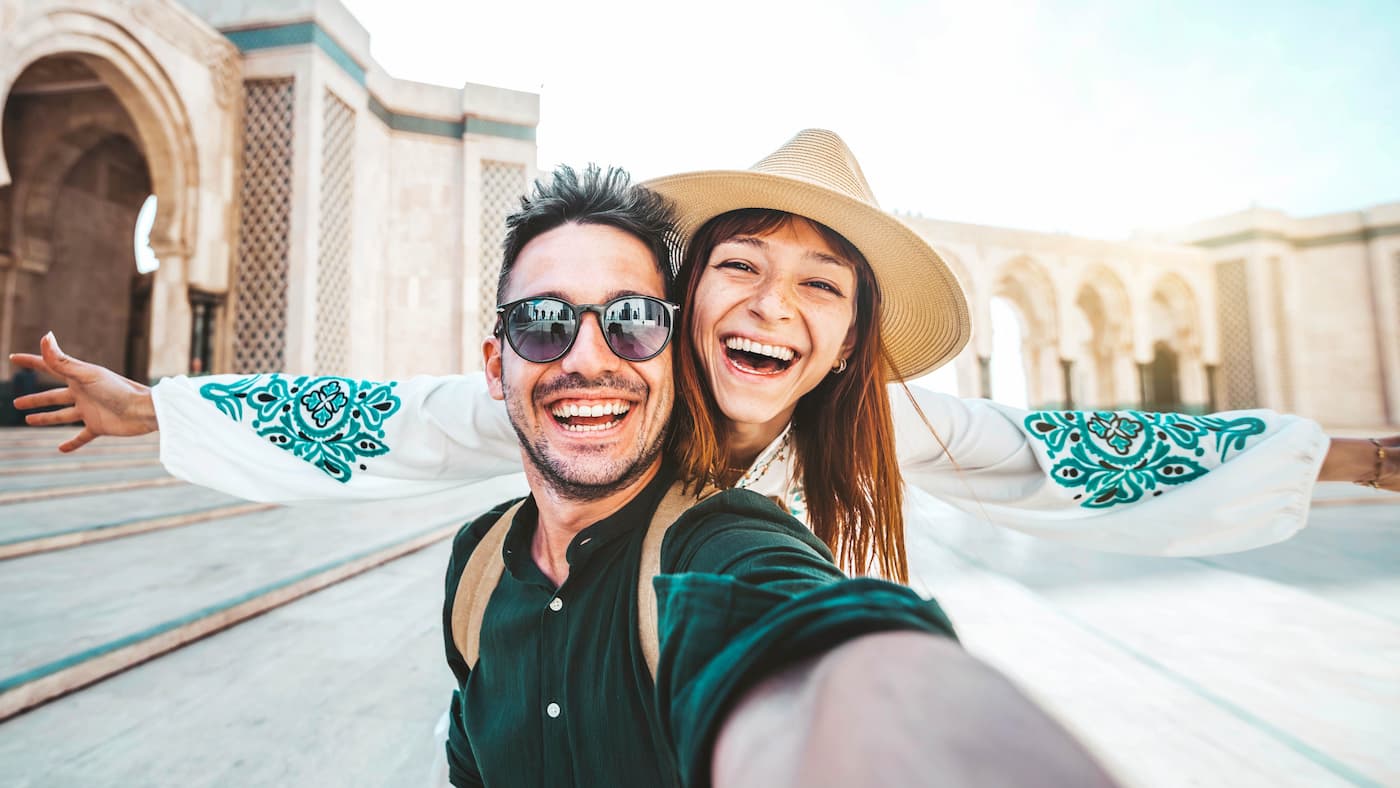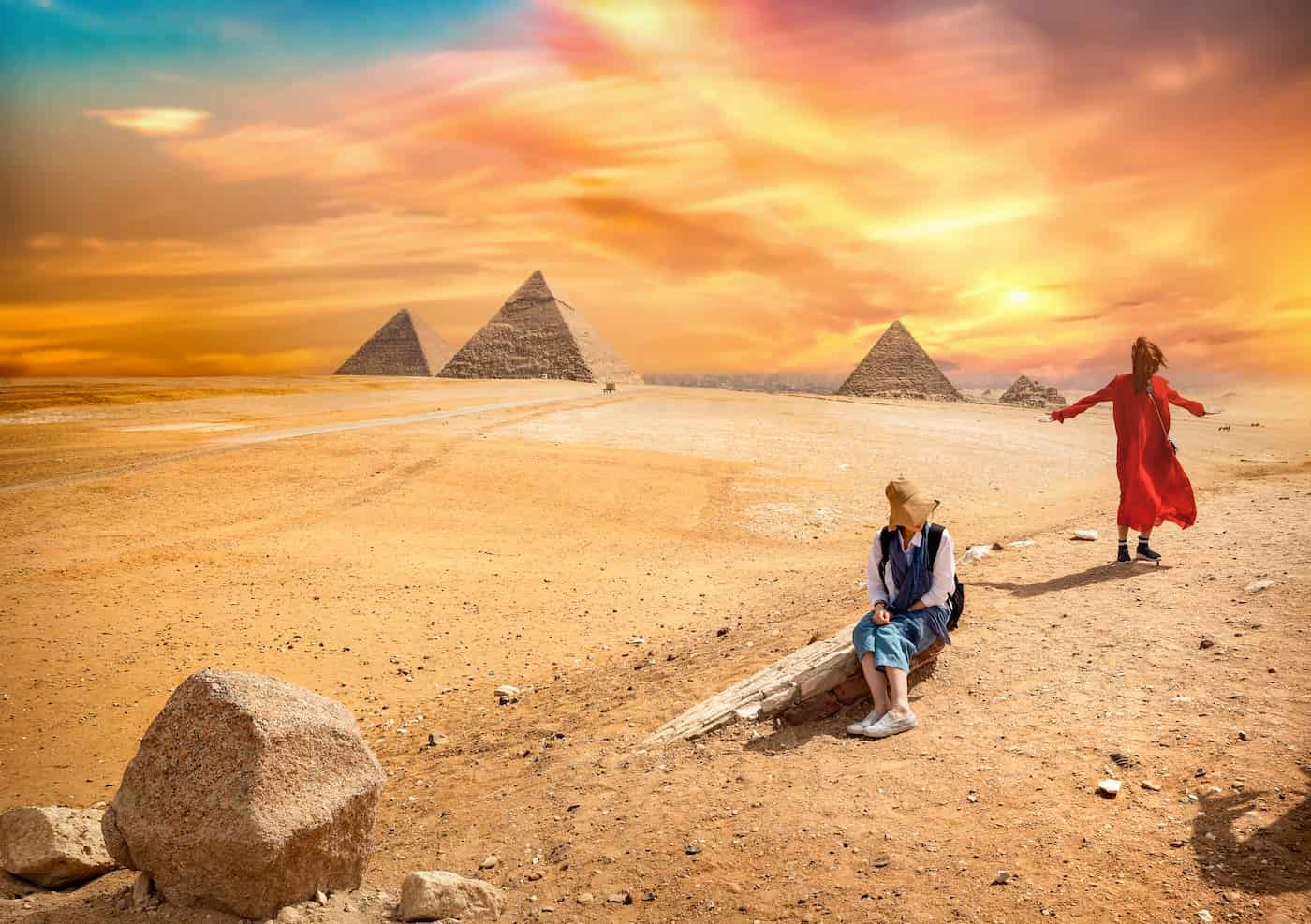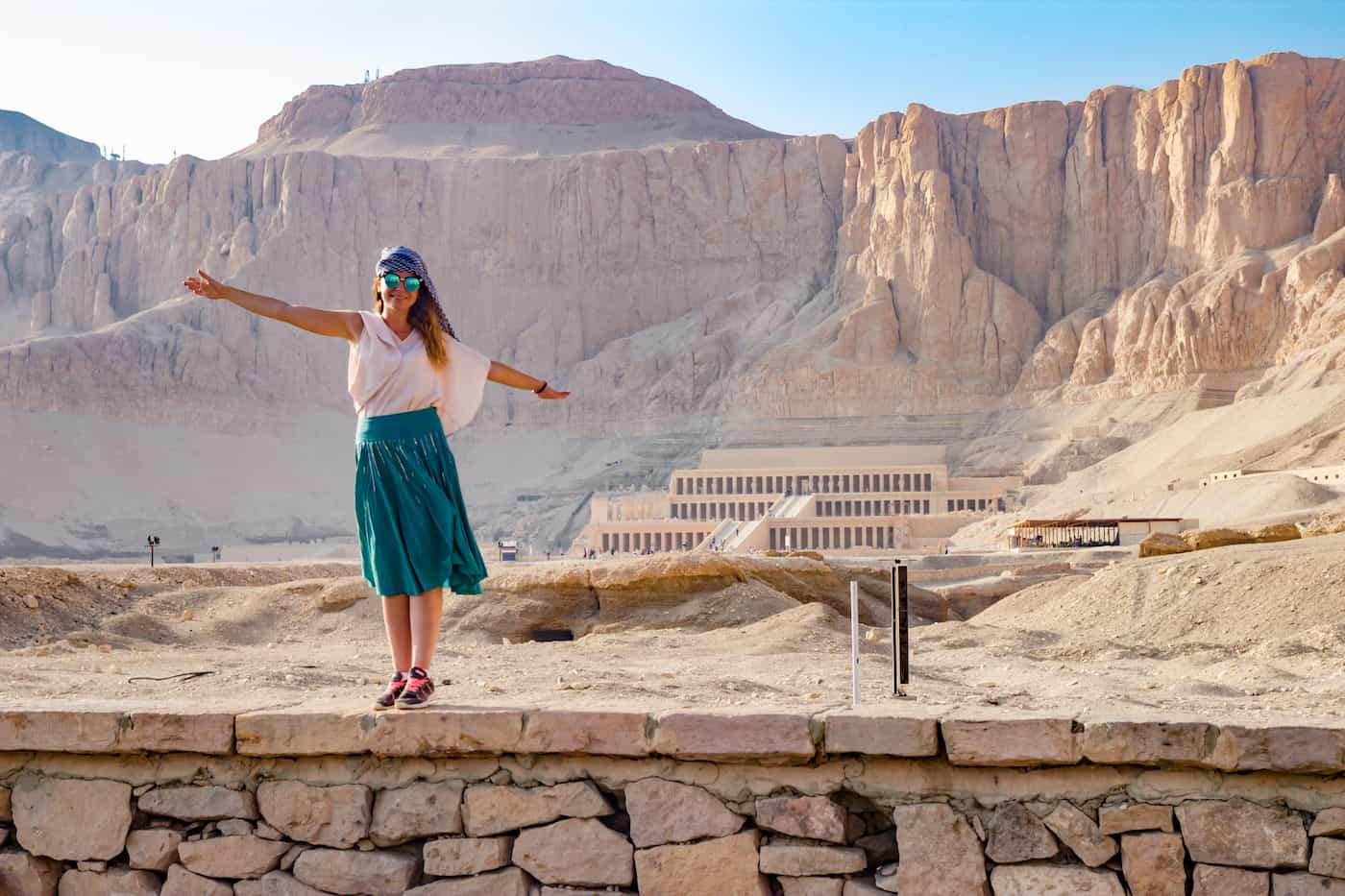Ancient Egyptian Tombs of Egypt’s Eternal Legacy
In the Kingdom of the Pharaohs, more than in a place where ancient sands, scorching rocks, and blue sky prevailed in the land of eternal tranquillity and peace of the soul, the Egyptian desert. It conceals a lot of miracles, one of them is what I said, and the other is also the fun of the silenced eternity of Dreams of the Pharaohs, their partners in power, and their courtiers who dreamed of eternal happiness in their tombs with their loved ones. Lastly, we will talk about the ageless beauty of Egypt tombs till now.
Kings and other important Egyptians were known to build intricate tombs with all kinds of treasures that they needed for the afterlife, a foreign concept for many modern societies. Throughout the history of the world, nations have all expressed some form or another of the desire to star maya.
From the Exquisite tomb of Carter, the famous tombs in Egypt such as that of Tutankhamun, to less illustrious ones buried in Saqqara and the Valley of the Kings, it is still captivating for both archaeologists and travellers to this day. This blog post will delve into the secrets, meanings, and ageless beauty of Egyptian tombs, focusing on why they are still the eeriest yet most beautiful relics of the past.
2. Why Tombs Were So Important in Ancient Egypt
In the concept of death as conceptualized in the ancient Egyptian mythology, it is not seen as just a mere cessation of the beings existence or activities; it is rather a transition to a completely new fashion of existence which is everlasting. This vision of the other world was also connected to the underworld that Anubis is holding. Death of a woman or man for that matter was greatly feared by many communities.
The preparation of a body for mummification was considered the most important task performed for the dead during the ancient Egyptian civilization. It refers to religious cosmetic procedures aimed at balancing the human understandings of the self with mystical betterment.
These rituals enabled the protectiveness of the internal organs and viscera of the dead. These organs were considered sacred embryos meant to contain the essence or spirit of real villager. It restored balance between the desires of the living and those of the dead. This endeavor could also only be successful if the grave was otherwise exempted from the degree of loss that most other valuable materials such as clothing of the deceased would have to endure.
Tombs were also recognitions of wealth and dedication. From the modest mastabas prepared for princesses and princes all the way up to the mammoth example of the pyramids, tombs can also be taken to demonstrate one’s place in society and level of religious preparation. These tombs that marked the end of an old Egyptian were constructed for more than just burying the dead but also in celebration and therefore about afterlife ensuring such imaginations excellently were spiritual in nature.
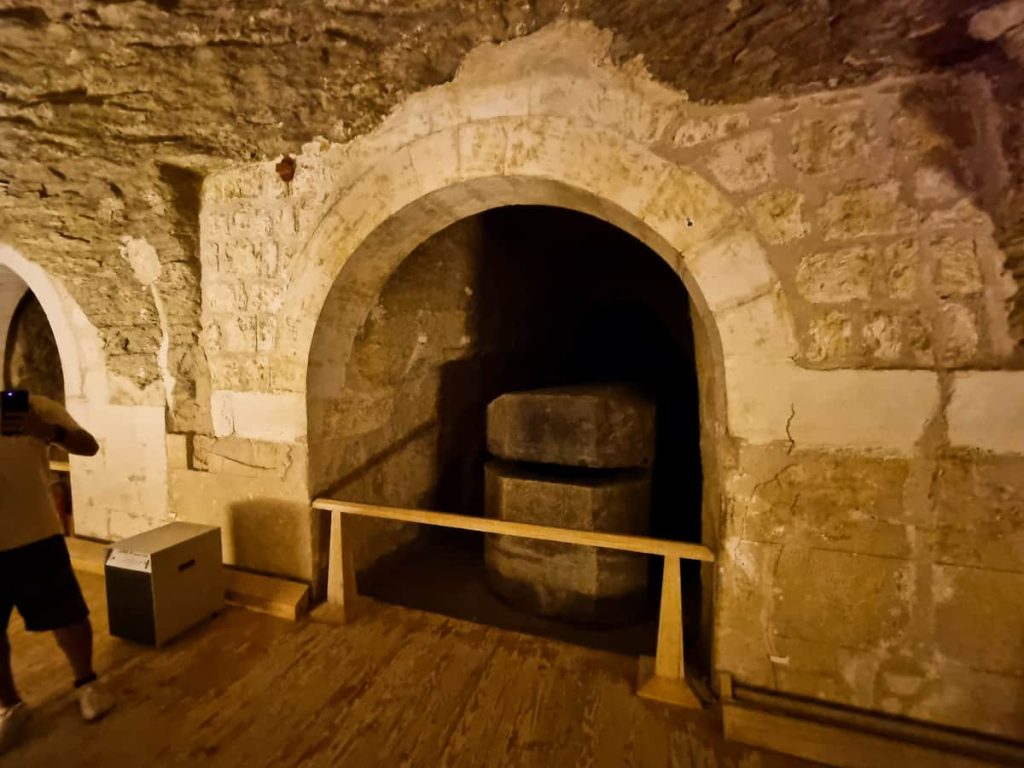
3. Types of Tombs in Ancient Egypt
The architecture of Ancient Egyptian tombs has changed over the years, and the changes have mirrored technological progress and alterations in the faith beliefs of the people. Through time, Egypt tombs developed from basic structures to grand tombs as the Egyptians looked for ways to keep the dead entertained in the next world.
The first Ancient Egyptian tombs built by the Egyptians were tomb types known as mastabas that were flat-roofed, rectangular, and built of mudbricks. Used primarily during the Early Dynastic Period and Old Kingdom, mastabas featured underground burial chambers and decorated chapels for offerings. More sophisticated structures evolved from this.
In the New Kingdom era, the trend was to have tombs cut into rock. This was particularly common in the valleys, which are the Valley of the Kings and the Valley of the Queens. Such chambers were completely covered by rock so as not to be easy targets for grave robbers, and they were embellished with pictures of the characters in the Book of the Dead, which acted as the gateways for the souls.
The most well-known type of pyramids is the pyramids of the Old Kingdom in ancient Egypt. The Great Pyramid of Giza, commissioned by Khufu, is one of the most well-known architectural wonders. Pyramids would tend to decline in size, and burial chambers below would increase in sophistication, protecting them from vandals, concealing and dressing under a veil of religious convictions. The cultural variations bring to the fore an interesting contrast regarding its most treasured vision, the belief in the prospect of eternal life crossing.
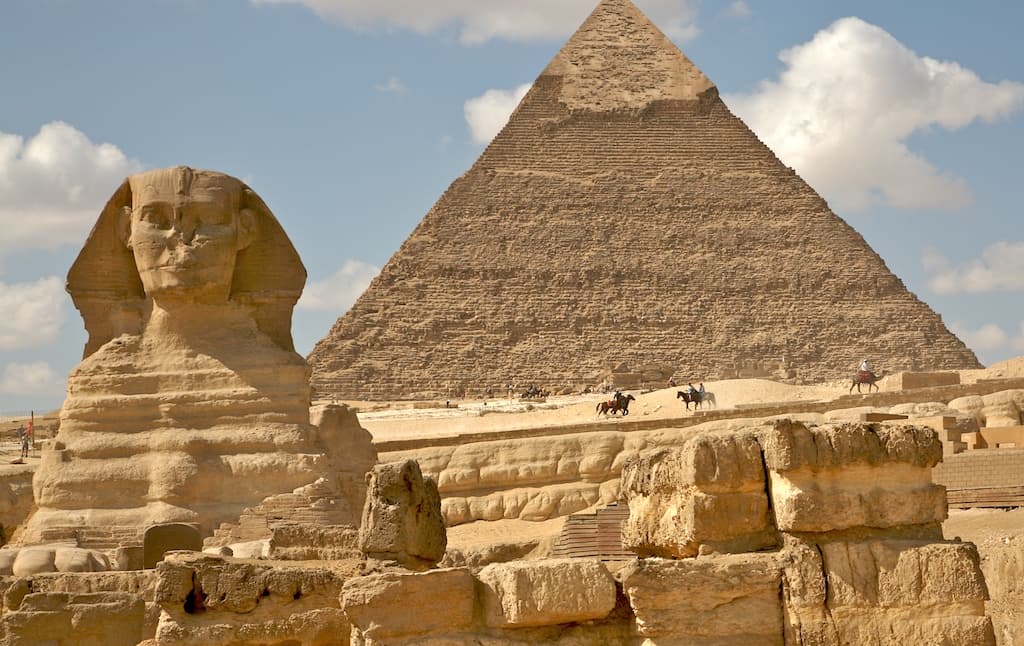
The Great Sphinx and the Pyramid of Khafre by walter sedriks
4. Famous Egyptian Tombs and What They Reveal
For some, Egyptian tombs are not just spots of eternal repose; from the other side, they serve as lenses through which one can catch a glimpse of the historical era characterized by the rules of kingship, ceremonies, and clever creativity.
The most famous temple is Tutankhamun’s Temple, found in 1922 by Howard Carter. This temple was obscured in the Valley of the Kings and was a small tomb, which was surprisingly large. Once opened, it was found to contain over 5000 artefacts with the best known of them being the golden funerary mask. Even though Tutankhamun was indeed a minor king, the restoration of his grave has since made him represent the triumph of Egypt’s prime.
Not far from here is KV5, where the gigantic tomb of the sons of Ramesses II was located. The number of chambers they found here exceeds 120, which shaded even a few more at the other facility. This is the biggest tomb in the Valley of the Kings and provides answers as it involves life of the royal family and the size of the New Kingdom tombs.
No less intriguing is the Tomb of Seti I (KV17) for its sheer complexity, decoration, and hierarchy of its sites. Printed with hundreds of hieroglyphic inscriptions, the tomb manifests the adherence of the monarch to the deities and to the inward and outward journey into the preparations for the Late king’s burial.
Valley of the Queens
In the Valley of the Queens, the Tomb of Nefertari is a remarkable work illustrating the ancient Egyptian civilization. The colored frescoes on its walls, the divine images with which the queen is portrayed, represent the beauty and the power of a culture that held the qualities of attractiveness, strength, and grace. Every one of the Egypt tombs represents his or her own narrative, in stone, in color, and in enigma.
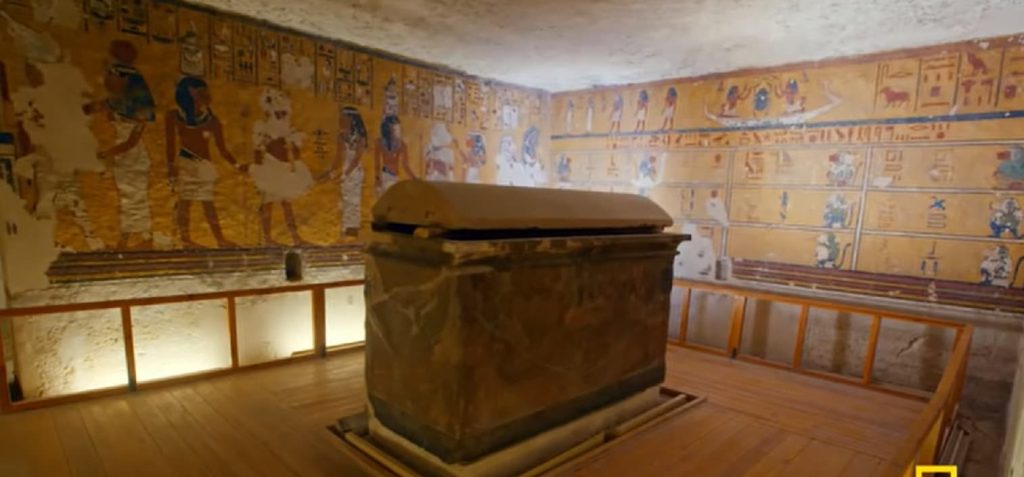
5. Art, Magic, and Protection in Tombs
Most of the Egyptian Tombs were by far more than burial chambers. They were viewed as sacred places teemed with spiritual equipment, art as well as magic, and serving the primary function of seeing the soul of the deceased guided into the afterlife. No piece of art or object lacked a definite use, significance, or purpose. The walls of the tombs included many beautiful paintings displaying events, activities in daily life, divinities and their worshippers, and even ceremonies that may have been practiced by the dead in the other world.
Among all of these indulging collections of magic is the Book of the Dead. It is a collection of spells, prayers, and advice aimed at helping the soul of the deceased to identify the syllabus and achieve the order of the Field of Reeds. These were normally written onto the walls of the tombs or small fragments would be placed inside papyri that would be buried with the dead.
Some of the things to ensure that nothing wrong would happen are amulets such as the ankh, Eye of Horus, and the scarab, and these would be placed on the mummies or also inside the coffins. Inside, there would be also small statues called ushabtis whose function would be to help the dead in the new world by performing roles that the person would do for himself or herself in the mansion.
Sculpted figures of gods and spirits that looked over the area were there to protect the dead. In Egypt tombs, everything from pictures denoting belief to religious apparatus was made as a ritual so as to ease the soul and ensure a peaceful thereafter.

Tombs of the Nobles by reibai
6. Tomb Robbery and Preservation Efforts
On its original design, Ancient Egyptian tombs were constructed to provide rest to the dead and also protect them, however there is some irony to this because the Ancient Egyptian tombs were also a result of greed and theft. Tomb robbing was a big menace possible to track back from early 18th dynasty. Many of the royal tombs, which had trap doors and curses were broken into and all their golden jewels and sacred objects were carried away. Tomb ransacking moreover was an act of contempt for the dead as well as god, and did often (if not always) carry the death sentence for the criminal.
In the present day, the recent exploration of archaeologists is intended to heal the damages of the past years. Findings such as intact crypt of Tutankhamun found in 1922 have been successful in creating interest in the field of Egyptology, while the conduction of excavations in areas of Saqqara, Luxor, and the Valley of the Kings leaves nothing excluded; there are new every new season new tombs, with new sarcophagi or lost artifacts.
At the moment, protection and conservation are mandatory. Due to specialized backing provided by Egypt’s Antiquities Ministry in collaboration with external entities such as UNESCO, activities which involve graphical reconstruction, managing humidity within the tombs, prevention of archaeological material erosion and controlled visitation rights are effectively applied to guard the delicate work of art. In a way, it has come to regulate, so that tomb to which Nefertari was put in is subjected to only the selected few people for a given period.
There are Ancient Egyptian tombs, tombs as that of Neferateri which is located in harmony with the necessary visitor traffic on a daily basis.
7. Visiting Egyptian Tombs Today
A journey through the Egyptian pyramids can never be forgotten, as it promises a meeting with the third era. The pyramids of Giza, Saqqara, and Abydos will provide you with the chance to cross the same grounds walked by the priests, the kings, and the builders of the eternal homes of the pharaohs.
But this is what I strongly advise you to prepare in advance for such heat and dryness once you enter the sands. In Luxor, for instance, do not be shocked by scorching temperatures. It will be better to cover your body as much as possible, as the sun’s rays are quite strong, and let’s face it, women are more predisposed to sunburn than men. The use of Oxygen for Staff must be observed. Please be reminded, as well, that if some of the Ancient Egyptian tombs have head or wall paths down the staircases, then helpful footwear is a must.
Tomb Photography and Respect
Rules that apply to photography are particular since some tombs do not allow photo sessions to be carried out except with the permission of the concerned authorities. It further warns visitors to comply with the policy concerning photographs as a sign of respect and for the protection of the deteriorating wall paintings and the rest of the sacred areas. Let’s not even talk about the baseless ruin of the walls of an ancient building through writing; let’s take pictures and go.
Make sure to follow the rules outlined in this travel etiquette handbook so you can be a hospitable tourist. Set the insights into the treatment of the local population into the individual and global social responsibility. Discover appreciated and ignored sites, and regions less travelled, and in so doing, go beyond exotic and welcome kitsch.
Lose sight of the tomb complex as another anthropological object and remember it is a sanctuary to the dead and many still living Egyptians as well.
